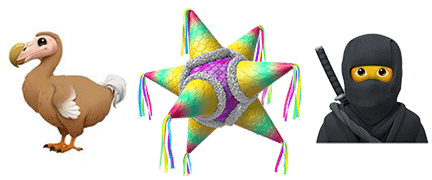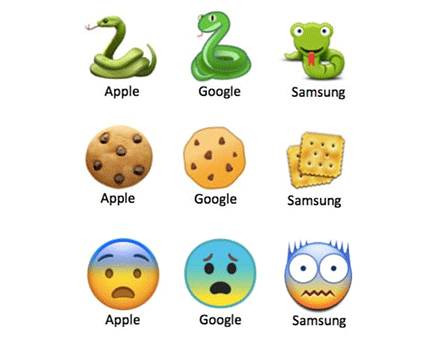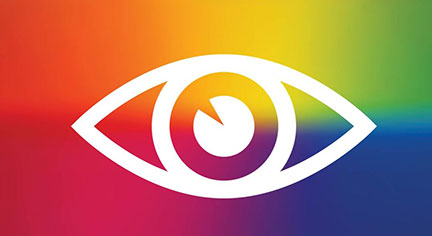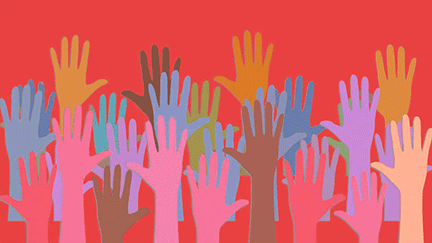Color Matters Blog
Languages without words: Colors and emojis
The language of emojis is like the language of colors. They both communicate without words. This article compares their powers.
New emojis

There are more than 2,823 emojis set by the Unicode Consortium and more are coming soon. Apple just announced a preview of those approved earlier this year as part of the Emoji 13.0 release by the Consortium. The dodo bird, piñata, and a ninja are three examples. Which one would you add to your vocabulary?
New colors?

The normal human eye can theoretically distinguish 7.5 and 10 million hues. New pigments, such as YinMn Blue, have been discovered. Also, Pantone and paint manufacturing companies frequently add new color swatches to their collections.
On the other hand, it’s scientifically impossible that a human being might see a color that’s never existed before. Our eyes can only see a specific portion of the electromagnetic spectrum because the visible colors on planet Earth originate from the light emitted by the sun. More information here and from Wikipedia.
If humans could visit a planet around another star - and depending on that star's color and the conditions of the planet’s atmosphere - a new world of color could be revealed. There’s also the possibility that evolutionary changes in human eyes will allow us to see broader areas of the light spectrum, in which case the brain will interpret this new information as a new color.
In conclusion, we can just find new names and pigments for colors. The only way we could discover new colors is if human vision extended beyond its current range.
The most popular emojis

The Unicode Consortium reported last week that “face with tears of joy” is the most frequently used emoji, eclipsing the red heart and “smiling face with heart-eyes” which came in second and third respectively. Source
The exaggerated nature of “face with tears of joy” is the crux of its appeal, explains a cognitive psychologist. “You are essentially trying to encode an incredibly complex set of emotional and social cues into a tiny little graphic and then hoping that the other person correctly interprets what you’re trying to convey,”
The most popular color? It’s blue.
It’s blue.
Note: There are many statistics on this. Worth mentioning is that input from over 200,000 people in the Global Color Survey confirms this. If you take the survey you’ll get the global results for the favorite, least favorite color and many more.
22 emojis that look completely different on different devices

An emoji isn’t the same on all devices. Different platforms sometimes display the same emoji specification in different ways. An eye roll might come across as sulky or cheerful. A snake might look threatening or adorable. Source
Do colors look the same or different to humans?

There is no scientific confirmation that we all see colors the same. Differences in the cells in the eyes of people with normal vision vary. Also, some people - such as those with degrees of color blindness - can’t see differences in some colors. As a result, we experience the same color in slightly different ways. Source
Remember "The Dress"? In 2015 viewers disagreed over whether the dress pictured was black and royal blue, or white and gold. Click here.

Any advice?
We’re forming a non-profit with the mission to bring the opportunity to learn about color to people all over the world. We’ll have a special focus on giving young people and adults (with disabilities and disadvantages) the means to express themselves through art and color. Please let us know if you have any suggestions for fiscal sponsors or existing nonprofits that may be interested in partnering - or anything else. Please contact us.
When you subscribe to the blog, we will send you an e-mail when there are new updates on the site so you wouldn't miss them.


